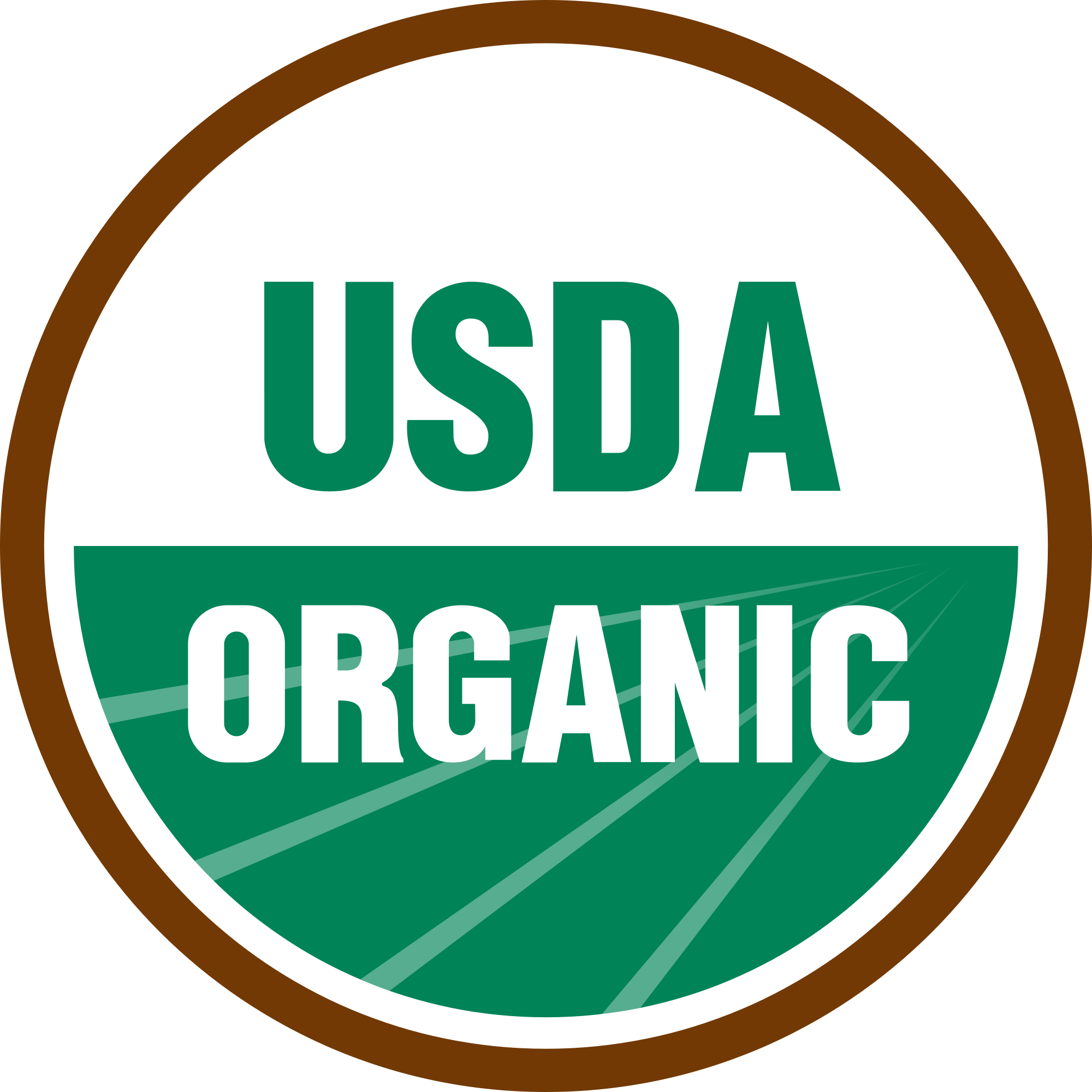Is It Worth the Price?
Posted on
You go to the supermarket for your weekly groceries and find yourself in the produce aisle. Scratching your head, you wonder if you should splurge on the organic apples or save some money and get the shiny non-organic ones. The process continues as you work your way through the supermarket, with every aisle and every food item appearing to come in organic and non-organic forms, even candy bars. Is the extra cost worth it?
Before you empty your wallet, you need to know what “organic” means and when it does or does not make sense to spend the extra money. Although eating organic may conjure up visions of pastoral scenes with sunny skies and peaceful music, the organic food industry has become a major market force. It may be helpful for you to make your decisions based on some important information.
What is “organic”? 
The U.S. Department of Agriculture organic seal means that a food has been grown, harvested and processed according to national organic standards, with restrictions on pesticides, hormones and antibiotics.
Is “organic” the only thing to look for?
Buying organic used to mean that you were purchasing foods grown with environmentally friendly farming methods. However, when you buy organic foods that have been shipped across the country, there is a considerable amount of fuel and other air pollutants involved in their transport, which, according to some critics, defeats the purpose. Instead, you should look for organic foods from a farm that is local and sustainable, which eliminates the environmental issues and promotes the ideal vision of what organic should be.
Organic shopping advice
- For your health, buy organic when you can, whether locally grown or not.
- For the environment, buy local produce in season and plan your meals around what’s available. Search out farmer’s markets, co-ops and local farms that sell direct to consumers. For help finding them, visit www.localharvest.com.
- Spend your money on the organic versions of produce most likely to contain pesticide residues, coined “the dirty dozen” according to the nonprofit Environmental Working Group (www.ewg.org) – see list below. These results have been published in a report entitled “Report Card: Pesticides in Produce.” EWG is a not-for-profit environmental research organization dedicated to improving public health and protecting the environment by reducing pollution in air, water and food.
- Think of the overall healthfulness of the product, rather than just looking at whether or not it is organic. For example, organic gummy bears are just as high in sugar as regular gummy bears, and should still be avoided.
- Read the labels. Avoid foods loaded with sugar and saturated fats, even if they are “organic.”
Bottom Line
The one time when it does not make sense to each organic is when organic is not available! Eating fruits and vegetables, no matter how they are grown, is important for reducing cancer risk.
Other Important definitions
100% Organic: No synthetic ingredients are allowed by law.
Organic: At least 95% of ingredients are organically produced.
Made with Organic Ingredients: At least 70% of ingredients are organic; the other 30% are from a list approved by the USDA.
Free-Range or Free-Roaming: Animals had an undetermined amount of daily outdoor access. This label does not provide much information about the product.
Natural or All Natural: Doesn’t mean organic. No standard definition, except for meat and poultry products, which may not contain any artificial flavoring, colors, chemical preservatives, or synthetic ingredients. Claims aren’t checked.
Many people are searching for that one change in their diet that will “prevent” cancer. Although diet is thought to be responsible for 30% of all cancers, it is difficult, if not impossible, to pinpoint one specific food that can cause or prevent cancer. Experts feel that it is a healthy lifestyle that can help optimize one’s long-term health, along with regular checkups with your doctor.
In summary, the eight recommendations for cancer prevention from the American Institute for Cancer Research (AICR) Second Expert Report include:
- Be as lean as possible without becoming underweight.
- Be physically active for at least 30 minutes every day.
- Avoid sugary drinks. Limit consumption of energy-dense foods (particularly processed foods high in sugar, low in fiber, or high in fat).
- Eat more of a variety of vegetables, fruits, whole grains and legumes such as beans. Current recommendations range from 5 to 9 servings a day.
- Limit consumption of red meats (such as beef, pork and lamb) and avoid processed meats.
- If consumed at all, limit alcoholic drinks to 2 for men and 1 for women a day.
- Limit consumption of salty foods and foods processed with salt (sodium).
- Don't rely on supplements to protect against cancer.
Be Aware!
The "dirty dozen" according to the EWG (the 12 most contaminated foods in 2017, in order. If possible, buy organic): strawberries, spinach, nectarines, apples, peaches, celery, grapes, pears, cherries, tomatoes, sweet bell peppers and potatoes.
The "clean 15" according to the EWG (the 15 least contaminated foods in 2017): sweet corn, avocados, pineapples, cabbage, onions, frozen sweet peas, papayas, asparagus, mangoes, eggplant, honeydew melon, kiwis, cantaloupe, cauliflower and grapefruit.
